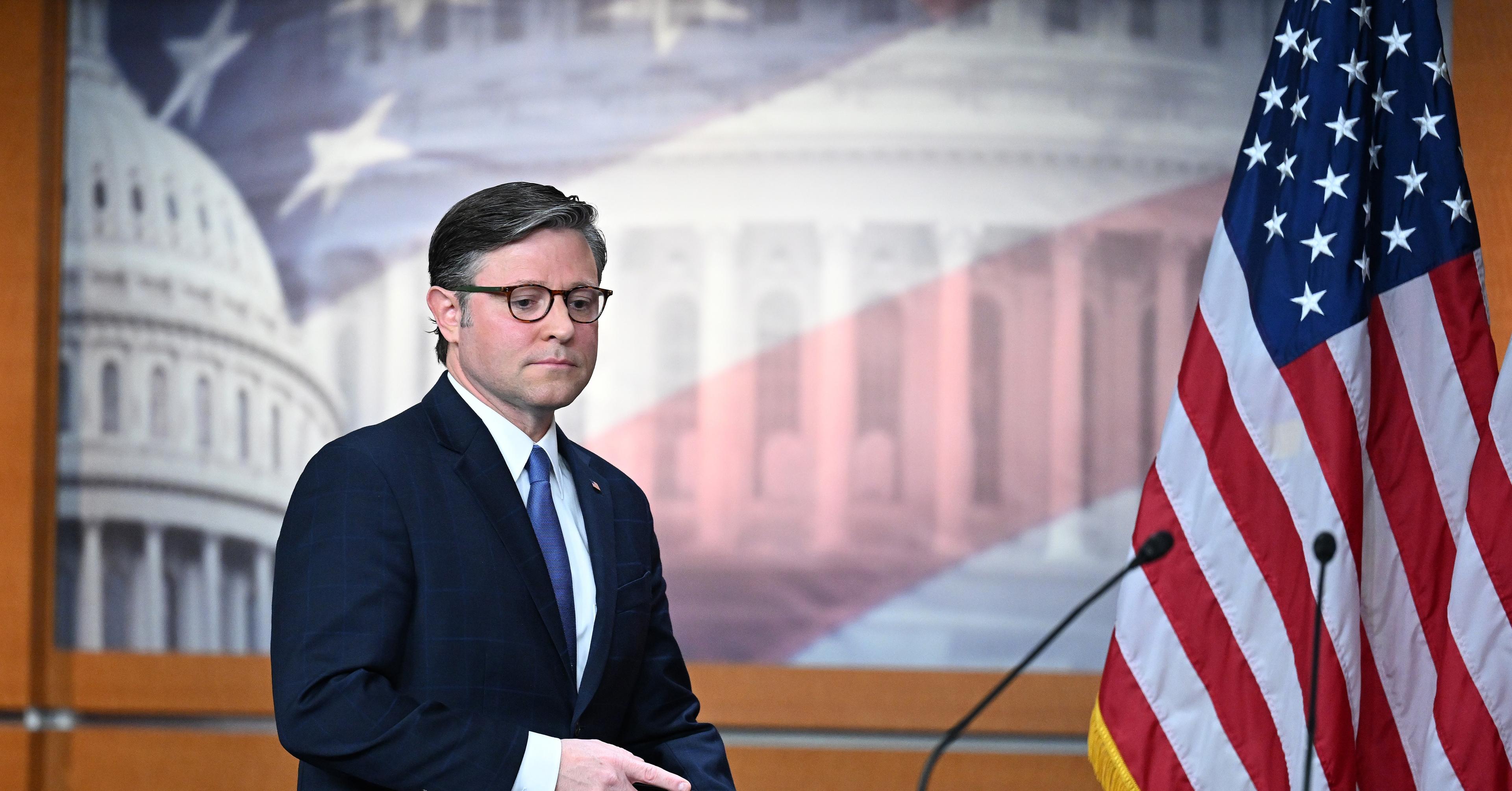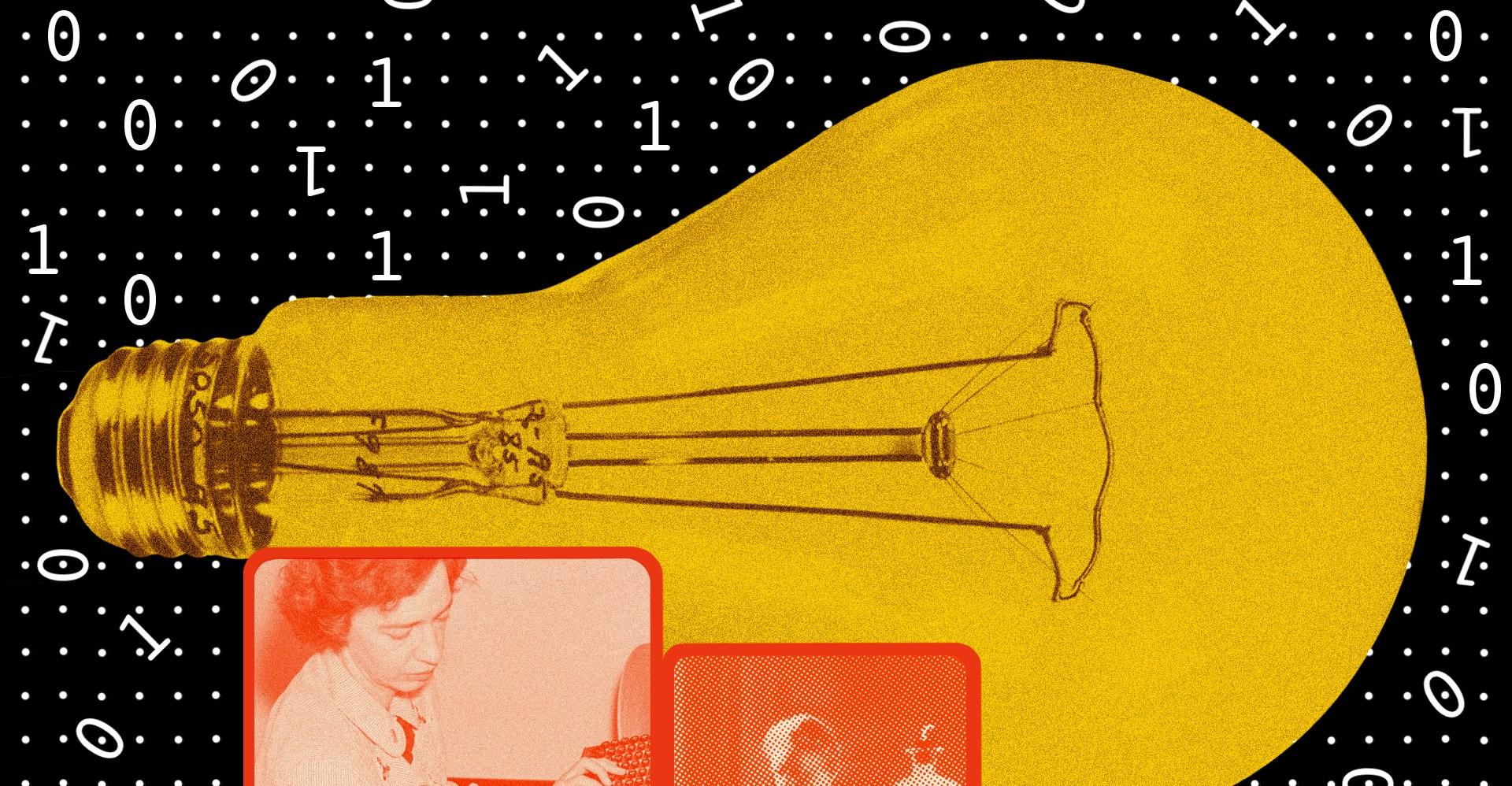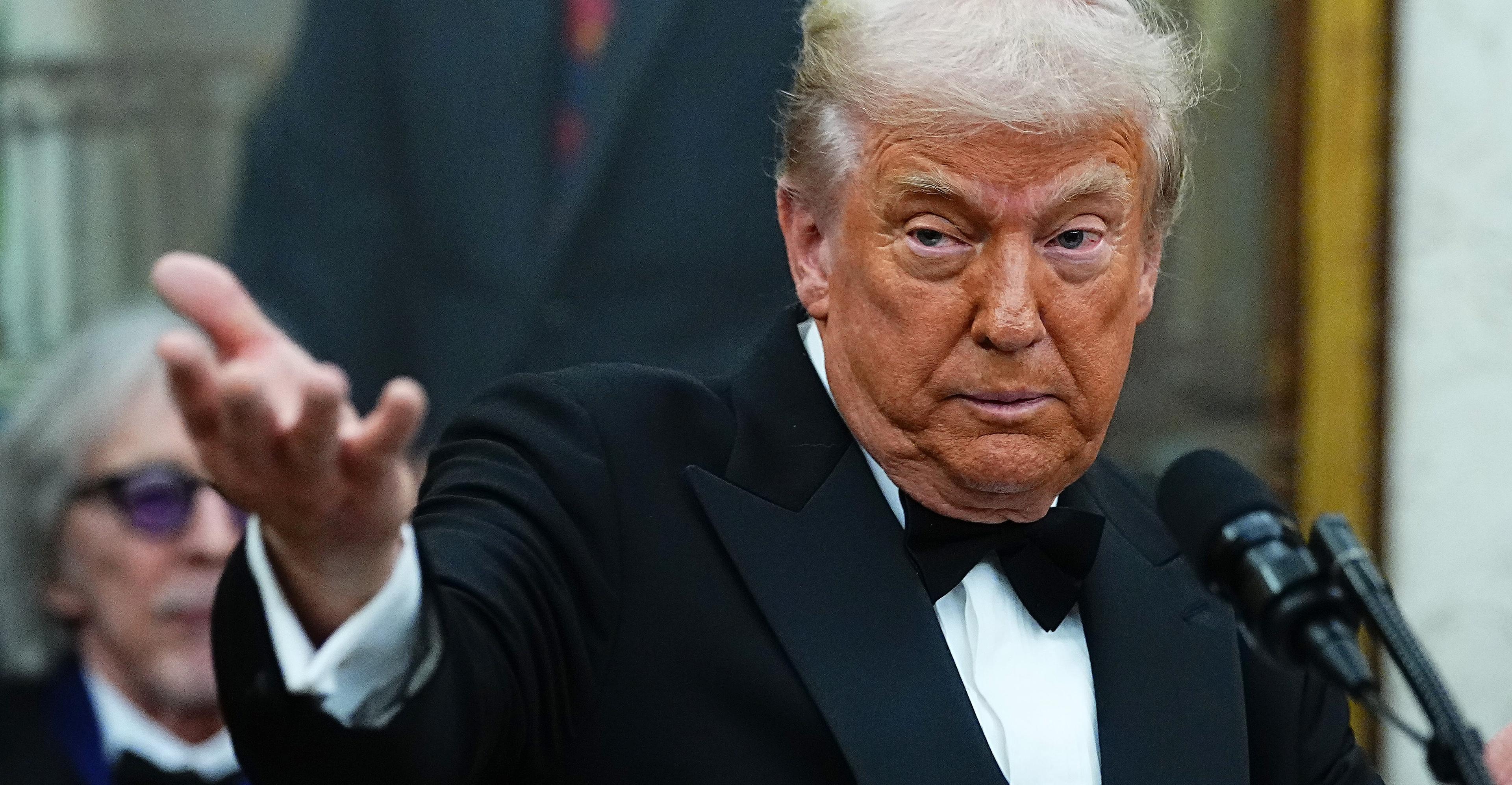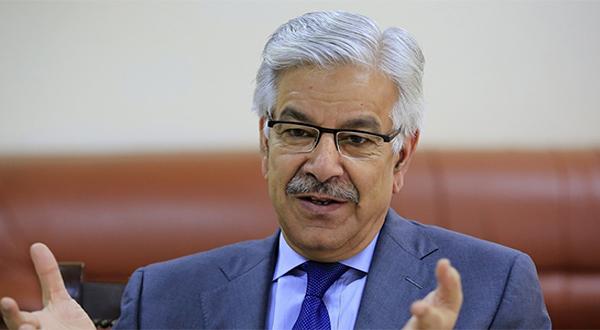President Donald Trump’s decision to impose large tariffs on all foreign imports has triggered a global trade war — and predictions of an imminent recession. In the wake of Trump’s tariff announcement last week, JP Morgan raised its odds of a US recession to …

Published 8 months ago on Apr 7th 2025, 4:00 pm
By Web Desk

President Donald Trump’s decision to impose large tariffs on all foreign imports has triggered a global trade war — and predictions of an imminent recession.
In the wake of Trump’s tariff announcement last week, JP Morgan raised its odds of a US recession to 60 percent, up from 40 percent. Other banks have similarly adjusted their economic forecasts downward.
What makes these forecasts especially disconcerting, however, is that the US is at risk of slipping into an especially dreadful type of recession: one characterized by “stagflation” — meaning, the simultaneous presence of stagnant growth, rising inflation, and elevated unemployment.
Here is a brief guide to what stagflation is, why it’s so feared, how it occurs, and whether Trump’s policies will cause it.
What is stagflation and why is it so feared?
Typically, when economic growth slows or sputters out entirely, unemployment increases and inflation falls. This is because weak economic growth — or an outright recession — lowers consumer demand.
To understand these dynamics, it might be helpful to picture the economy as an extremely large and complicated auction. Consumers bid against each other for access to goods and services. And the more money that these bidders have to spend, the higher they can push up prices.
In a recession, firms tend to cut staff and withhold raises from their remaining employees. That leaves consumers with less disposable income. As a result, companies see fewer bids for their products. To move their inventory, they’re forced to cut prices (or at least, avoid price increases). At the same time, firms also scale back production, investing in fewer new stores or factories. And that pullback in investment leads to even higher unemployment and thus, even fewer bidders in the vast auction that is the consumer economy.
This feedback loop can be quite damaging. But traditional recessions are also easy for the government to end: All it needs to do is raise economic demand. Send stimulus checks to households, and consumers will have more money to spend. Cut interest rates to zero, and companies will have incentive to invest. Pretty soon, businesses will see healthy bids for their products, and expand hiring to keep up.
By itself, inflation is also a fairly easy problem to solve. When demand races ahead of supply — triggering a bidding war between consumers that sends prices soaring — the government can remove demand from the economy by raising taxes and interest rates.
But stagflation brings the worst of both worlds — and ties the government’s hands. If policymakers increase demand to fight unemployment, they make inflation worse; if they remove demand to fight inflation, they make unemployment worse.
For this reason, stagflation is an especially menacing economic malady. It is also quite rare.
How does stagflation happen?
In order for a country to see rising unemployment and prices simultaneously, some force needs to undermine the supply side of its economy. In the 1970s — the last period when America suffered a stagflation crisis — that force was a sudden shortage of energy. When the Organization of Petroleum Exporting Countries (OPEC) imposed an oil embargo on the United States in 1973, energy suddenly became scarce in America.
As consumers and businesses bid against each other for a scant supply of fossil fuels, the price of energy soared. And since energy is required to produce goods and services, the prices of everything else also jumped.
At the same time, high energy prices discouraged investment, in much the same way that high interest rates do: Faced with elevated costs of production, businesses were forced to scale back their operations, laying off workers in the process.
Thus, growth slowed, unemployment rose, and prices surged all at the same time. And the government struggled to mount an effective response. Stagflation unraveled the presidencies of Gerald Ford and Jimmy Carter. The Federal Reserve ultimately decided that it could only resolve the crisis by engineering a massive recession through 20 percent interest rates.
Today, however, no foreign power is imposing a supply shock on the United States. Instead, at Trump’s behest, America is poised to impose one on itself.
Will Trump’s tariffs lead to stagflation?
Trump’s tariffs function as taxes on imported goods. When an American retailer imports T-shirts from Vietnam, they will now need to pay a 46 percent tax on that purchase. If they try to get that apparel from Bangladesh instead, they’ll pay a 37 percent tax.
And this same basic story holds for all other goods from all other countries, though the exact rate varies by nation.
The effect of all these tariffs is to abruptly choke off Americans’ access to affordable goods and materials from overseas. This has the effect of increasing inflation. According to an estimate from the Budget Lab at Yale, Trump’s tariffs are poised to raise America’s price level by 2.3 percent in 2025 — a spurt of inflation that would cost the average US household $3,800.
At the same time, the tariffs are likely to slow growth and increase unemployment. Facing higher costs — and deepening economic uncertainty — businesses are already saying that they plan to hold off on new investments. Consumers, meanwhile, will have less disposable income, sapping demand. This would likely lead employers to cut staff.
Normally, falling consumer demand would lead businesses to slash prices. But since American companies are now facing a supply shock and rising costs of production, they may not be able to. For these reasons, many economists are expecting stagflationary conditions, at least in the short term.
“The risk of stagflation just took off like a rocket, particularly if you factor in retaliation by most trading partners,” Olu Sonola, the head of US economic research at Fitch Ratings, told Barron’s.
Trump’s tariffs have already caused a sell-off in the stock market, reflecting an investor consensus that growth is sure to be much weaker now than it otherwise would have been.
If a stagflation crisis does materialize, policymakers could struggle to adequately respond. The Fed is already having a difficult time deciding whether it should cut interest rates, which would help compensate for the tariffs’ negative impact on growth, but exacerbate their effect on inflation.
Why the US economy could still avoid prolonged stagflation
Economists broadly agree that Trump’s tariffs are likely to produce both higher inflation and slower growth. But opinions differ on whether the his trade war will lead to a recession or prolonged period of stagflation. For example, even as JP Morgan argues that a 2025 recession is now more likely than not, Oxford Economics maintains that the US will likely avoid recession this year.
There are a few reasons for thinking the US will avert a sustained stagflation crisis. First, the labor market remains healthy for the moment; in March, the economy added more jobs than expected and the unemployment rate sits at 4.2 percent.
Second, many goods from America’s two biggest trading partners — Canada and Mexico — are exempt from tariffs. It is unclear the White House will keep these exemptions in place indefinitely. But for now, they are limiting the impact of Trump’s trade war.
Third, although tariffs are all-but certain to generate a onetime increase in prices – accelerating inflation in the short term – their impact on long-run inflation is less clear. Since tariffs shrink consumers’ disposable income, they reduce demand. Therefore, after first dramatically increasing the price level, Trump’s tariffs may subsequently slow price growth (aka inflation) as they force Americans to buy less stuff and increase unemployment.
All and all, a return to a 1970s-level stagflation crisis is unlikely. But the precise consequences of Trump’s tariffs are difficult to anticipate, especially since they could trigger unpredictable responses from America’s trade partners; already, China has imposed 34 percent tariffs on US goods.
In any case, Trump is running an economic experiment without precedent in modern history. In recent months, American tariffs have risen from historically low levels to their highest point since 1909. No one can be sure about all the consequences of such a radical policy change. In the near term though, higher inflation and slower growth look like a certainty.
Australia plans tougher gun laws after police say father and son killed 15 at Bondi Beach
- 10 گھنٹے قبل

Chatbots are struggling with suicide hotline numbers
- 2 گھنٹے قبل

Disney wants to drag you into the slop
- 2 گھنٹے قبل
Police recover gold from accused's husband in Dr Warda murder case
- 9 گھنٹے قبل

Remember Google Stadia? Steam finally made its gamepad worth rescuing
- 2 گھنٹے قبل
Messi mania peaks in India’s pollution-hit capital
- 10 گھنٹے قبل

Control’s action-RPG sequel launches in 2026
- 2 گھنٹے قبل

IHC summons Registrar Karachi University in Justice Jahangiri’s degree case
- 10 گھنٹے قبل
FIFA hails 5M WC ticket requests amid backlash
- ایک گھنٹہ قبل

The biggest mosquito-borne disease in the world has a cure. There’s just one problem
- 26 منٹ قبل

Why Republicans in Congress are turning against Trump
- 26 منٹ قبل
Govt slashes diesel price by Rs14 per litre
- 4 گھنٹے قبل
You May Like
Trending






